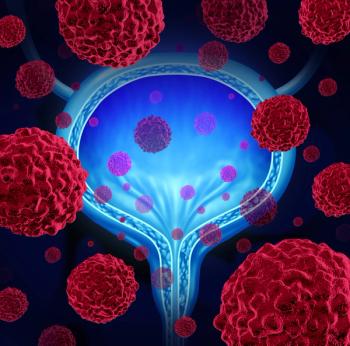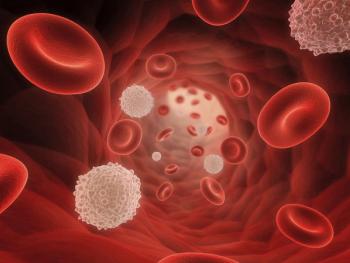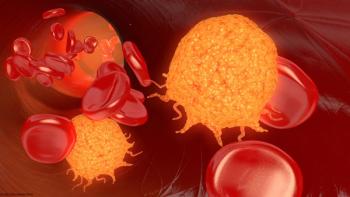
Tamoxifen Shows No Notable Long-Term Physical Health Decline in BC Survivors
“The idea is that the patients are informed of the long-term consequences [of the treatments] so they can have some [input in] decision making,” Clara Bodelon, PhD, MS, stated.
Endocrine therapy showed more favorable results than chemotherapy concerning declining physical health after the treatment of patients with breast cancer. Of methods of endocrine therapy, however, tamoxifen showed even more favorable results than aromatase inhibitors.
CancerNetwork® spoke with Clara Bodelon, PhD, MS, senior principal scientist of survivor research at the American Cancer Society and lead study author, and she spoke about a need to get additional data on the long-term effects of tamoxifen as a treatment. The level of awareness of the long-term effects in relation to physical health decline needs to be increased, she said.
Ultimately, Bodelon emphasized that the goal is for everyone—patients, physicians, and care team members alike—to be well informed on the long-term effects of these treatments, and if tamoxifen doesn’t have any notable decline in long-term physical health, it should be in consideration.
Transcript:
The numbers [on why tamoxifen didn’t show a notable decline in physical health] were small, so we want to continue in the future looking more into that, but tamoxifen has shown in other studies that the consequences—the long-term effects—of tamoxifen may differ…and they may not have an increased risk of cardiovascular disease among women who take tamoxifen, for instance. With aromatase inhibitors, this is less clear. We wanted to distinguish those 2 because the mechanisms of action of these 2 drugs differ. It seems like…because…clinical trials have shown a better outcome on recurrences with aromatase inhibitors, it’s possible that women who receive endocrine therapy may start receiving more aromatase inhibitors. We need to understand what the consequences [are]. The physician needs to understand what all the consequences of these drugs [are] and what the long-term effects [are]. It’s additional information that the physicians need to take care to account [for].
The idea is that the patients are informed of the long-term consequences [of the treatments] so they can have some [input in] decision making, as well as [making sure the] primary care physicians and the entire cancer care team are knowledgeable about the long-term consequences of each treatment, and they can make the appropriate decisions for each woman.
Reference
Bodelon C, Masters M, Bloodworth DE, et al. Physical health decline after chemotherapy or endocrine therapy in breast cancer survivors. JAMA Netw Open. 2025;8(2):e2462365. Published 2025 Feb 3. doi:10.1001/jamanetworkopen.2024.62365
Newsletter
Stay up to date on recent advances in the multidisciplinary approach to cancer.

















































































